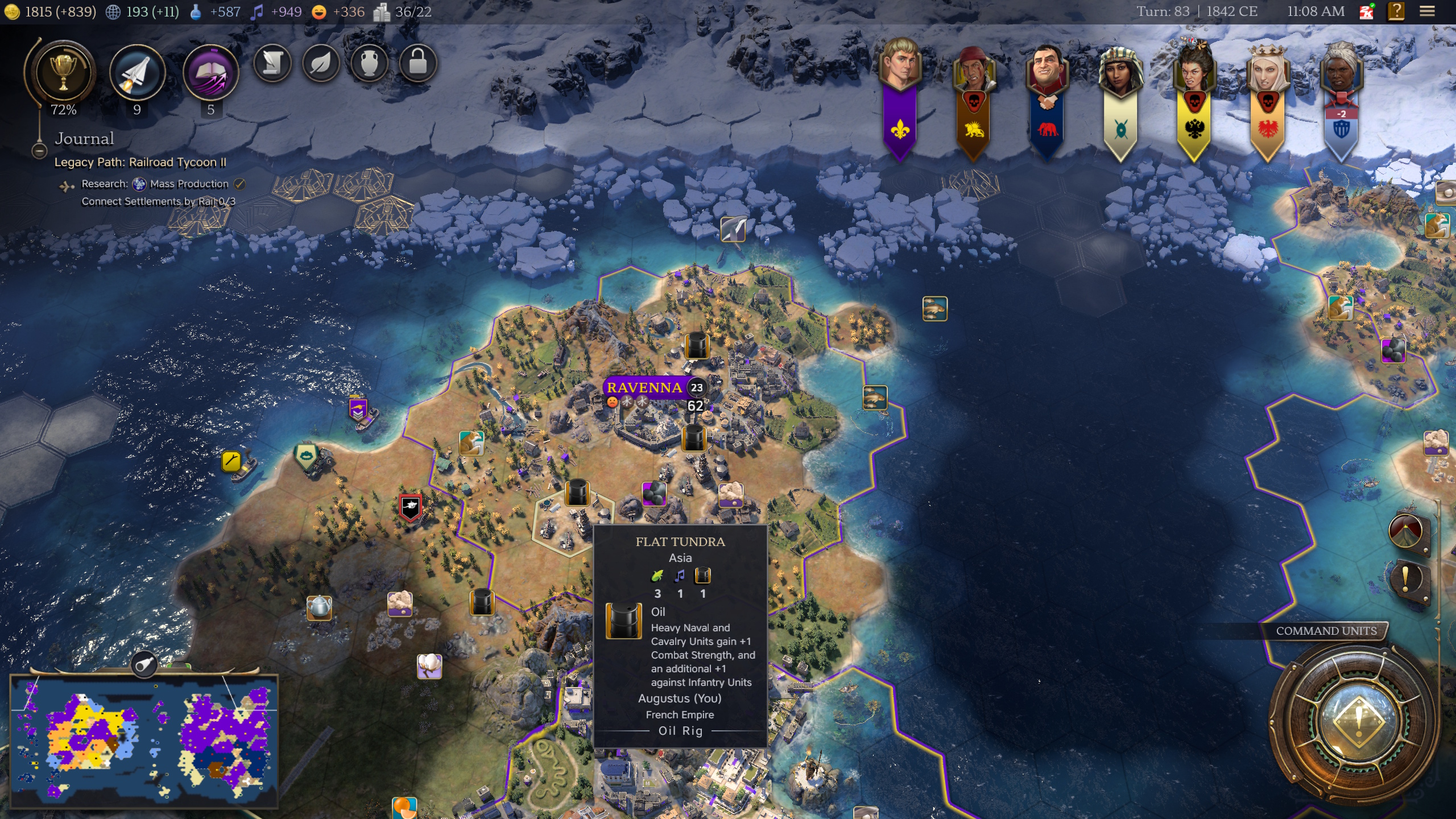What makes for a highlight-reel moment in sports? It’s not just the raw athletic skill on display — part of the how-did-they-do-that thrill comes from the difficulty and risk associated with a low-percentage play. Making a spectacular diving catch can get you into the SportsCenter Top 10; touching grass with your face as the ball rolls to the outfield fence is more of an America’s Funniest Home Videos kind of thing.
Flashy plays have always been difficult to pull off in EA’s hockey video games, and rightfully so. That changes this year in NHL 24, which is available now on PlayStation 5, Xbox Series X, PlayStation 4, and Xbox One. The game’s developers at EA Vancouver and EA Bucharest decided to revamp their long-running control scheme in an attempt to make those jaw-dropping moves easier to do. It’s part of a multifaceted overhaul to the flow of the game on the ice.
I’ve long argued for more accessible controls in simulation sports games. Particularly in EA Sports NHL, part of the experience has been locked away behind a barrier of complex button and stick inputs, despite the series’ excellent tutorials. Here, the admirable goal of simplifying the finger gymnastics required for the skill moves is undone by an implementation that prioritizes them over key controls and actions — even ones as essential as shooting the puck.
:no_upscale()/cdn.vox-cdn.com/uploads/chorus_asset/file/24852844/NHL24_Bobrovsky_3840x2160.jpg)
Known as Total Control, the new scheme puts four fancy puck-handling options front and center. I can now bring the puck between my skater’s legs, do a toe drag, tuck the puck past the goalie with one hand, and employ lacrosse-style maneuvers like “The Michigan” just by pressing one of the controller’s face buttons. This setup makes it incredibly simple to pull off these highlight-reel moves in NHL 24, but it doesn’t turn them into cheat codes. Even in the shootout practice mode, with me alone versus a netminder, these techniques didn’t guarantee any goals.
Some of the face button functions have changed on defense, too: Body checking is now mapped to circle/B (shoulder checks) and square/X (hip checks). This dovetails with the game’s updated physics engine, whose new ragdoll animations succeed in delivering a better sense of the bone-crunching impact behind every collision. Icon passing, which allows you to target teammates directly with passes (because each person is assigned a face button), is another welcome addition that unlocks beautiful tic-tac-toe plays.
:no_upscale()/cdn.vox-cdn.com/uploads/chorus_asset/file/24852843/NHL24_BenchHit_3840x2160.jpg)
The philosophy of marrying new gameplay features to control changes is a sensible one, and there are clear benefits here. The action on offense and defense in NHL 24 resembles real-life hockey more than ever — and more importantly, that improvement is tangible because the revised controls put more power directly in my hands to make it so. That is, the Total Control setup allows me to feel responsible for producing a simulation that looks more lifelike, and I love that feeling.
Despite these upgrades, though, I ended up switching back to the old Skill Stick control scheme — which has remained largely untouched since 2008’s NHL 09, remarkably — after trying to acclimate to the new setup for a few days.
My primary issue with Total Control is that its focus on facilitating flashy moves displaces vital functions from the face buttons to a far less convenient place. In the Skill Stick controls, the circle/B and square/X buttons make line changes — a feature that I’ll use dozens of times during a single game, exponentially more often than I might attempt a toe drag. Line changes in the Total Control scheme are governed by the D-pad, a much more clunky option because it requires me to take my thumb off the left stick (and thus momentarily relinquish control of player movement). I grew frustrated with this setup after just a few instances of being knocked off the puck while trying to swap lines.
:no_upscale()/cdn.vox-cdn.com/uploads/chorus_asset/file/24852846/NHL24_CaleMakar_3840x2160.jpg)
Unfortunately, reverting to Skill Stick controls isn’t a cure-all, thanks to a baffling second change that applies to both schemes in NHL 24. Clicking the right stick is now used to brace against an incoming body check, which takes the form of my skater letting go of the puck as he does a little hop to absorb the contact. It’s not uncommon that I inadvertently click the stick while trying to shoot — and you can imagine how infuriating it is to lose out on a golden scoring opportunity because your puck carrier jumped instead of taking a shot. It’s so bad that I’ll be shocked if the developers don’t backtrack on this in a future patch.
It all reminds me of their attempt to overhaul the series’ beloved career mode, Be a Pro, three years ago: a promising update torpedoed by confounding design decisions. The Total Control setup is a more successful effort, and it may win the hearts of online players who can take advantage of the newly accessible skill moves to skate circles around their opponents. But attempting those showy plays in a game always carries a risk of fumbling the puck away — and, in the process, earning the dreaded style-over-substance label.





